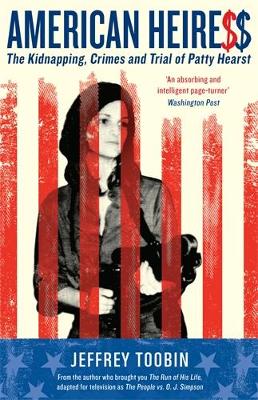Toobin retells the story of Hearst’s kidnapping and her conversion to an SLA member. He has unusual insight into Hearst’s motives and actions. I believe that his telling of the story and his insights are 100 percent accurate.
Toobin believes she willingly became a member of the SLA and I agree with that.
“The shoot-out at Fifty-Fourth Street cemented Patricia’s transformation into a committed revolutionary. She was kidnapped on February 4. On March 31, she convinced the comrades of her worthiness to join the SLA; on April 3, she sent the communique in which she vowed to “stay and fight” under her new name of Tania; on April 15, she participated in the robbery of the Hibernia Bank; on April 24, she sent the communique that mocked the idea that she had been brainwashed; on May 16, she fired her machine gun (and another gun) at Mel’s to free Bill Harris from the clutches of his pursuers; on May 17, she watched her comrades, including Willy Wolfe, die excruciating deaths.”
"If you look at her actions ... over the following year, you see the actions of a revolutionary, not a victim," Toobin says. "There was some glamour to what she was doing, the swagger of wearing berets, of carrying machine guns — the romance of revolution was an undeniable part of the appeal of the SLA."
What intrigues me is what would happen today if Patty Hearst did what she did forty years ago? Would we be so forgiving? Would she be considered a domestic terrorist?
